Contents
What is Street Dance?
For the short answer visit our post here where more than 10 street style dances are listed. In this post we’ll learn more about what street dance classes are actually teaching and 5 ways you can maximise your experience!
Before we go on, you can fast forward to booking our classes here if you wish.
So what does ‘street’ mean?
According to Wikipedia, ‘Street Dance’ is: “a dance style that evolved outside dance studios in any available open space such as streets, dance parties, block parties, parks, school yards, raves, and nightclubs.”
With tap dance being widely recognised as perhaps the original street dance from the 1800’s, we can appreciate there is a lot to learn.
The Wikipedia entry goes on to talk about ‘improvisational’ and ‘social’ aspects of these dances.
This is just a theory, but if the class you attend never:
- Allows improvisation
- Encourages social interaction
- Feels like it came from one of the ‘locations’ listed above
- Or seems ‘random’ or not steeped in any particular form
..it may not be a street dance class.
Ok. So what was I learning in Street dance classes?
If your teacher warmed you up and taught a routine without referencing any particular movement vocab..it was a choreography class. If your teacher doesn’t give you solid tools to develop your freestyle..it’s a choreography class. And if you can’t use what you learnt in class at the club this weekend..you took a choreography class.
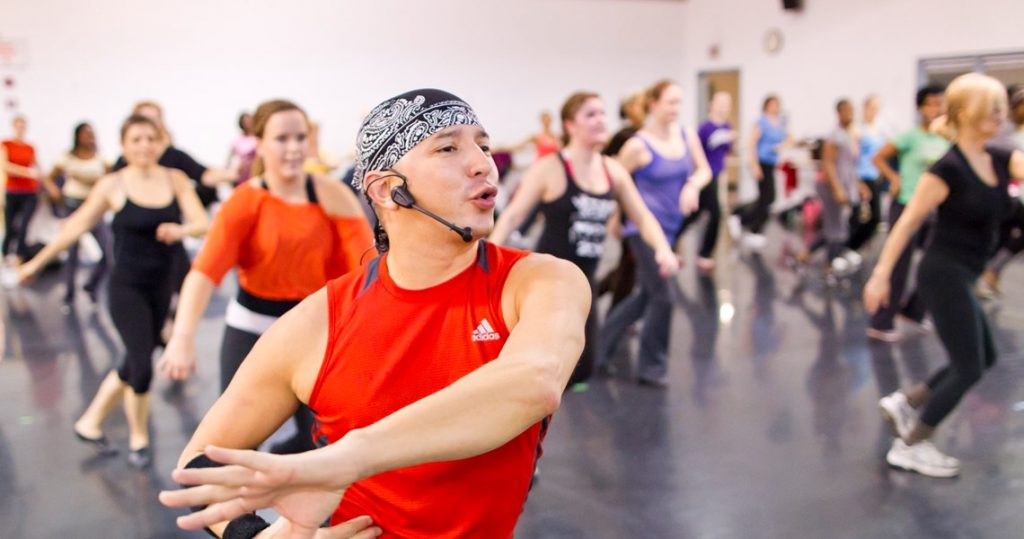
To be clear, here at B-Better we LOVE choreography! Without choreography our team, Manifest Nation, would be a battle squad only. However, if you arrive at a class hoping to develop in accordance with your personal desires, you may not get that. Choreo-centric classes have their place, and we think that should be celebrated. A class called, ‘Move like MTV’, may not be focused on helping you unlock your personal style. That is ok, as long as it’s clear 🙂
To quote Kenrick Sandy, MBE:
“I’m no purist, but if you don’t understand where it came from, you’re just another person jumping on the bandwagon. We need to appreciate and respect the art form”
The Guardian, 2010
Who’s teaching us?
The tricky thing about street dance classes is that anyone can start one. They can also teach whatever they like. The beauty of dance is that it’s for all people of every walk of life. It’s important, however, to be informed by those who really understand their craft.
I wouldn’t book a personal trainer unless I’d seen some certification or something that supports their credentials. Neither would most of us. There are some teaching qualifications out there for Street Dance, but passing a course only has certain merits. There is little substitute for being able to ‘get down’.
It’s not necessary for your teachers to be able to freestyle…but it’s nice if they can. Demonstrating moves is important, but aren’t we even more inspired to see them in use? In the UK we are super respectful to everyone, but it’s good to ask these questions (even internally!).
At B-Better each of our teachers specialises in at least one recognized street style dance. This greatly benefits our students because:
- Their development will be steeped in something solid and substantial
- Different dance techniques can be referred to other things (e.g. “this comes from locking.”)
- From a real foundation, freedom can be found
- You leave the class with real knowledge. Not only of the move and background, but also of how YOU can use the move.
- If we have to send a cover teacher, you never know what goodness you’ll get to learn!
In this era, your teacher is probably on social media and their skills and / or background is easily discoverable. Look them up, so you know what to expect when you attend their class. You may be pleasantly surprised!
What SHOULD I be learning in Street dance classes?
There’s no real set rule to this, but at OUR street dance classes one can expect:
- A clear understanding of what is being taught (even if you can’t do it right away!)
- Technique broken down with distinct labels for each move or theory
- Music that encourages your body to respond in a particular way. For example, we have seen people who love Popping, that learnt on House music. When we put on the Funk music, their style evolved immediately.
- Exercises specifically designed to help you explore your way of moving.
- Other exercises that involve working with others
- Real-life tools and freestyle theory so that you can feel comfortable in social situations
- A host of other delights that are more easily observed on our Instagram. Check out #DanceTeacherHacks too!
We love choreography too, though. Typically, we use choreography in our classes for two reasons:
- To reinforce a point. This may be a combination of moves we’ve used or a theory explored in class. The choreography is used to help you ‘get it’.
- If there is a performance opportunity, we get our students show ready!
Let’s look at some ideas of what can augment your in-class experience. Firstly…
THE 5 TIPS TO STREET DANCE GROWTH
1) What do I want to achieve?
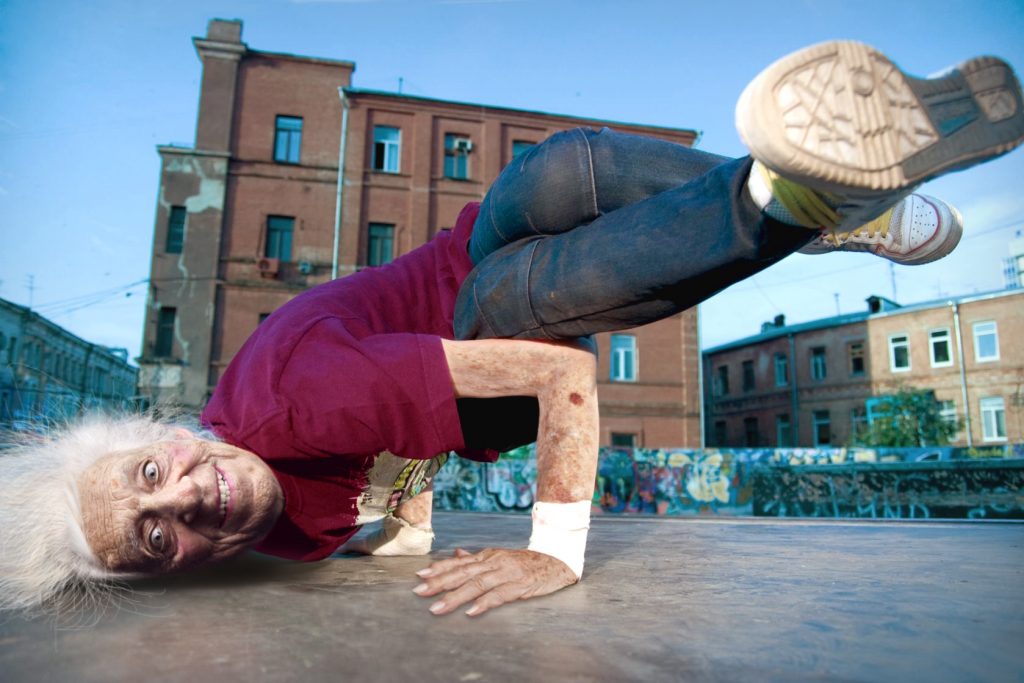
You’ve decided, “I wanna dance. I wanna work it!” That’s the spirit we like. But have you thought more specifically about what you’d like to experience? Most people attend dance class to:
- Gain confidence (body, mind and soul)
- Work out
- Socialise and meet others
- Acquire a new skill
- For the fun of trying something new. Self discovery
We will expand on this another time, but with these ideas in mind we can ask ourselves, “What would I like to achieve?”
Now, it’s likely at your class that a number of these things listed above will happen, but it’s good to come with some kind of plan. Knowing what we want helps us to focus and really embrace the experience.
Once we know what we want, it can pay to…
2) Find a favourite
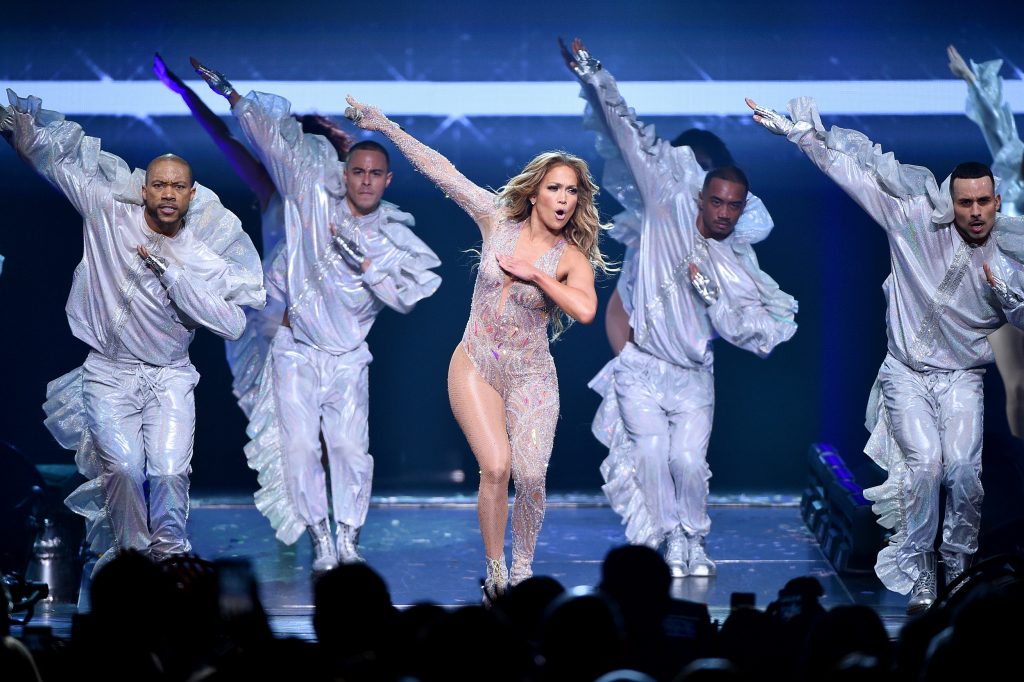
J-Lo? Chris Brown? It’s a natural part of human nature to admire others. Some of us may even idolise others, but the base appreciation for talent is the same.
Find a person or idea that really resonates with you and embrace the energy it brings. With this in mind, you may find it easier to ‘develop your style’. We ALL come to class ready-packed with our own style and the hope is that the class helps us unlock it. At the same time, we want to develop new ways of moving we hadn’t previously explored.
Once you discover someone who inspires you, try to pinpoint what it is that speaks to you about them. Is it presence, technical ability or unpredictability? Maybe there was one moment in time that made you think, “I’m gonna do this.” Maybe your inspiration is a whole form or way of moving. Whatever you are attracted to gives you ideas and helps you to develop. I mean, these robots sure have some ideas.
Now that you have the spark, it might be worth thinking about…
3) The Music – Street dance songs
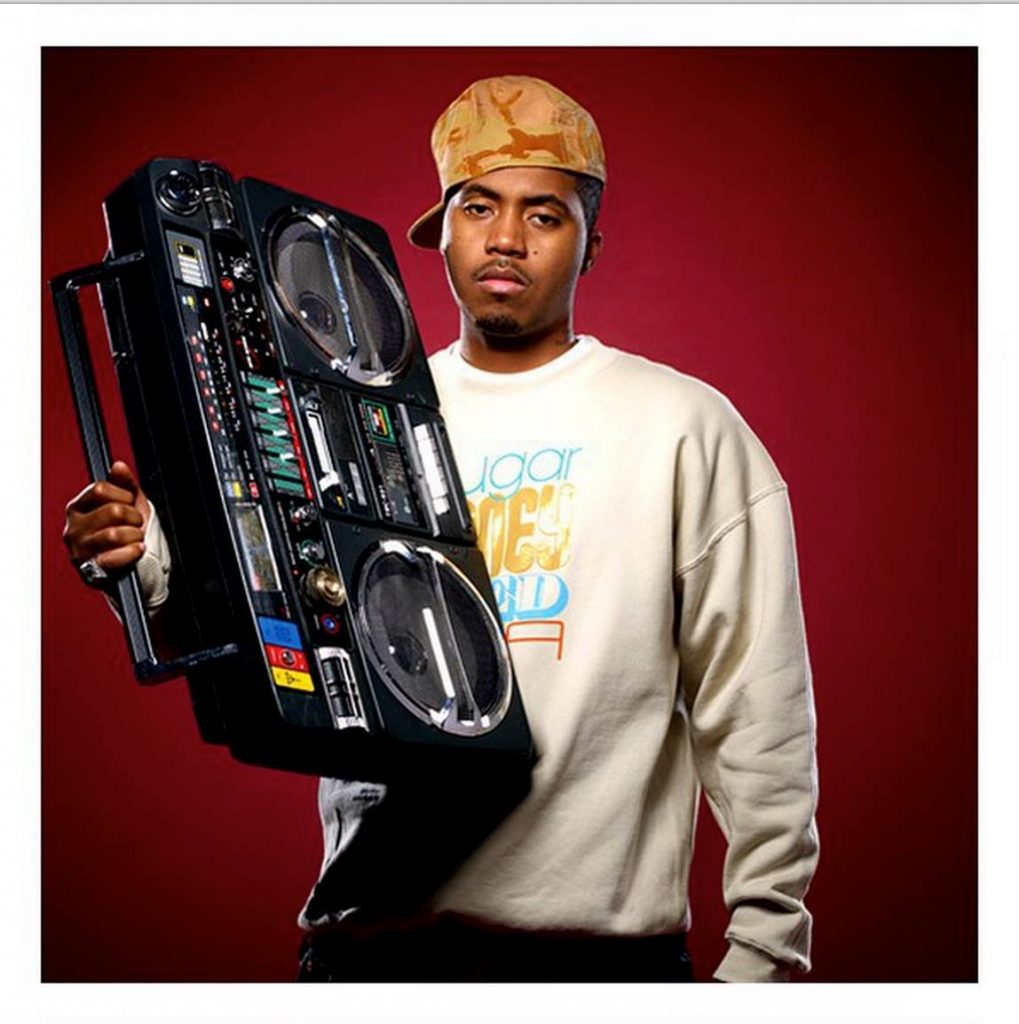
Although in reality you can dance to whatever you like, we’ll break down a few kinds of music that ‘go with’ street dance. This is by no means an exhaustive list, but it’ll get us somewhere.
- Hiphop – Comes in a lot of different forms. The good news about hiphop is as music evolves, dances evolve with it. You could try Eric B & Rakim for 80’s beats. Maybe MC Hammer , Nice and Smooth or Ice Cube for 90’s bounce. For the early 2000’s perhaps Eminem, Kelis or Soulja Boy. Current artists may include Drake, Young Thug, J.Cole or Ron Browz.
- Funk – Put a swing in those hips with modern funk artists include Bruno Mars , Tuxedo and the resurgent Chaka Khan. For something with more snap, for the poppers among you, try Chromeo or Fingazz. For a smooth groove try Jamiroquai or Brand New Heavies.
- House – The pulsating heartbeat. Try Dennis Ferrer, King P, or John Tejada. For a more contemporary sound, try Disclosure. Here is a full playlist of House for you.
- Dancehall / Afrobeat – The sound of the times. Try Konshens for Dancehall or Wande Coal for Afrobeat.
With the music in mind you’ll know what to listen out for when you..
4) Attend a dance event
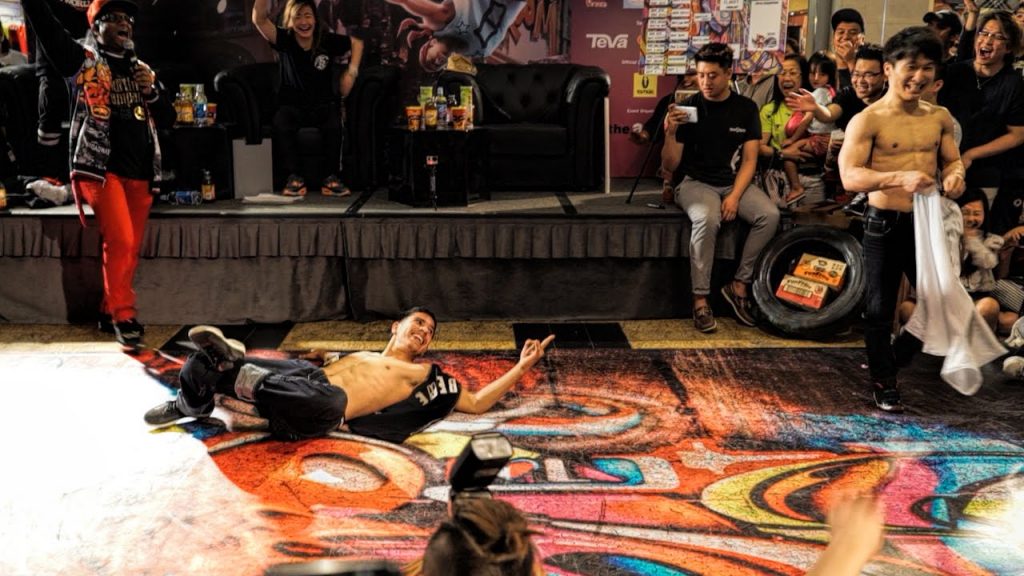
Attending dance events has several merits! At these platforms we can experience our greatest inspiration. It’s one thing to take a class but another to see what’s out there. Dance events typically include:
- Showcases – These could be in a theatre, at a festival, on the street, immersive or otherwise. We can expect to be standing or seated in one place and appreciate the art.
- Battles – Or as some people call them, ‘dance offs’. 2 or more people competing to win with the outcome decided by qualified judges. We will cover battles more in a future post, as the battle industry is rich and ever changing. For now, find out how Breakin’ at the Olympics may affect the dance scene. A hotly discussed topic.
- Parties – Some club nights are dance-centric and a great place to observe people ‘getting down’.
We expand on some of these ideas in our post about street dance for adults. The natural evolution of attending a street dance event is to…
5) Join a community
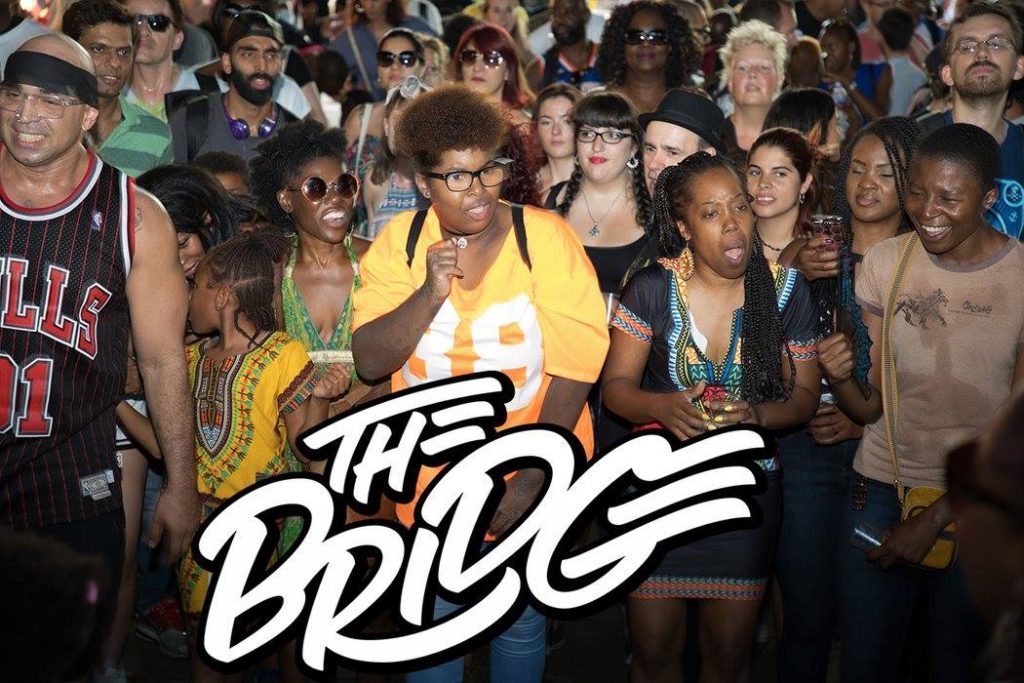
We’re not talking about just Facebook groups here. Attending events is a great way to get connected to others and getting involved is even better.
- Find people to practice with
- Tell those you admire what you appreciate about them
- Post a video of your training and ask for constructive feedback
- Attend events and participate
- Hang out with your teachers, socially. They have much more to share than just what you learn in the dance class
- Try to make dance part of your daily life
- Explore different styles and movement (e.g. capoeira)
Perhaps the greatest thing about being part of a community is that you might not even need to take classes after all! Around the world there are dance enthusiasts who have never taken any formal training. The love of dance is enough.
Have this in mind when considering your entry to dance. The world is your oyster! Street dance classes can have great utility in real life.. but so does real life! Watch this video on the Coney Island dance community in New York. Street dance doesn’t get much more ‘street’ than this.
The social aspect of street style dance is what makes the worldwide community tick, so to echo the thoughts above, your street dance class should be a segue to this kind of freedom. In dance, the love of music puts the ‘unity’ in ‘community’.
Conclusion
Perhaps now you have more questions than ever about your street dance experience. Where should I go and who should teach me? What should I learn and how will I use it? And what the hell is Dancehall?! Check our directory of street Dance slang here.
To summarise the most important points to improve at street dance:
- Figure out what you’d like to achieve
- Do some homework on your teacher
- Once you have the class, get yourself some music to practice to
- Attend some dance events occasionally
- Communicate with others – both veterans and newbies
- Be inspired by dancers you admire
- ENJOY
Here at B-Better, we encourage all of these things and wish you luck on your journey into street styles. Find out about our public classes and online classes and start learning today!
If you’ve read this far, we have a question for you: What info has resonated with you most today? Leave a comment below as we’re keen to hear what our community are feeling ^_^
Have a grand day,
Damien, B-Better
Return Home







